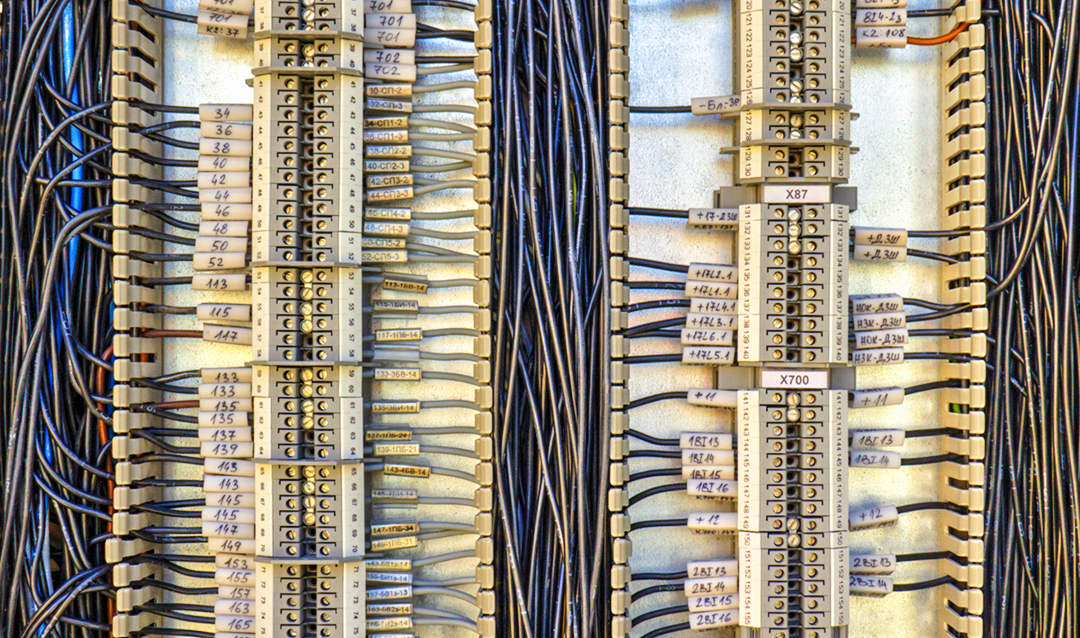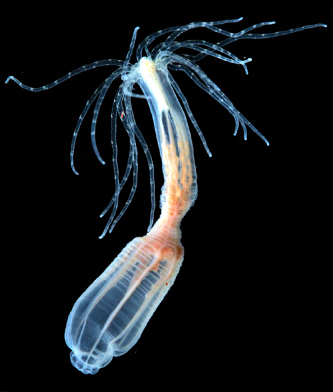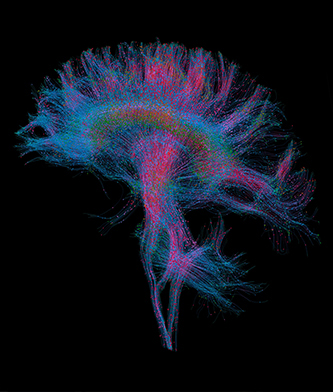Researchers originally targeted Nematostella vectensis, the starlet sea anemone, in the search for an organism that could help them understand the evolution of complex bilaterian animals. Bilaterians, which include insects, worms and vertebrates, have body plans built on bilateral symmetry, with sensory organs at the anterior and centralized nervous systems. However, Nematostella is also capable of extensive regeneration, and the 2007 publication of its genome opened the door for the anemone to inform our understanding of animal evolution and regeneration.
“Some people describe sea anemones as these primitive animals,” says Michael Layden. “But you can use them to ask modern questions.”
Layden, an associate professor of biological sciences, uses Nematostella to try to answer questions related to nervous system evolution and to understand how neuronal regeneration differs from development, which has implications in how researchers think about regenerative therapy design.
“When I started [my career] … there were lots of good regeneration models,” he says. “Hydras had been around for almost 300 years, and planarians are these little crazy worms that you can cut into 211 pieces and get 211 worms. But the problem with those systems is that you cannot really get embryos, so you cannot study development effectively. The animals are incredible for learning about regeneration, but you cannot ask the specific question of how similar and dissimilar regeneration and development are. So that's what attracted me to Nematostella.”
Layden began his career studying nervous system development in Drosophila—the fruit fly, which he calls “the poster child for genetics”—at the University of Oregon. There, he encountered researchers interested in linking evolution and development—and discovered Nematostella, an organism more genetically similar to humans than Drosophila.
“I saw a talk on Nematostella, two in a row, actually, that came out of the lab that I ended up doing my postdoc in [at the University of Hawaii at Manoa],” he says. “What I realized was, first of all, this is a weird animal, but they're doing cutting-edge research on it. They are taking advantage of the new era in genomics and are able to ask pretty sophisticated questions. At that time, if it wasn't a mouse, a fly, a zebrafish or a frog, you couldn't do anything in it. But they were doing it in this sea anemone—they were knocking down genes and trying to look at function. And it just kind of hit me that I could still work on the nervous system, I could look at evolution and I could study regeneration, all in this one system.”
Layden, who first glimpsed research in action when he was a laboratory dishwasher as an undergraduate at the University of Rochester, has never looked back. He now helms the Layden Lab, which studies neural development in the starlet sea anemone.
“Even to this day, I'm still excited to come to work and see what we're going to learn,” he says.
Two Big Questions
Layden and his team aim to answer two questions: First, how was the ancestral nervous system that gave rise to the human brain patterned? And second, how can an organism remake neurons and rewire the nervous system during regeneration?
The answers to these questions may help in developing a better understanding of neurogenesis—the formation of neurons in the brain—and potentially aid in improved treatments of central nervous system disorders.







